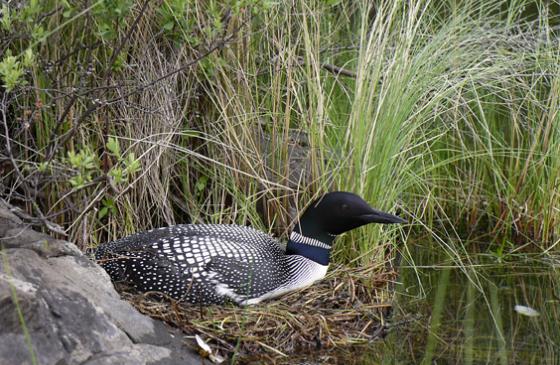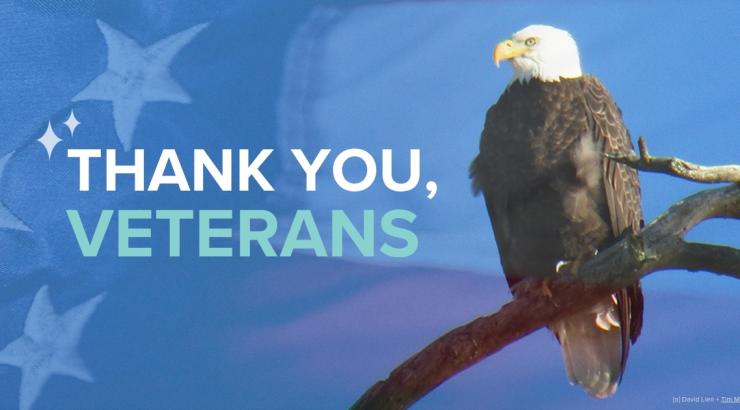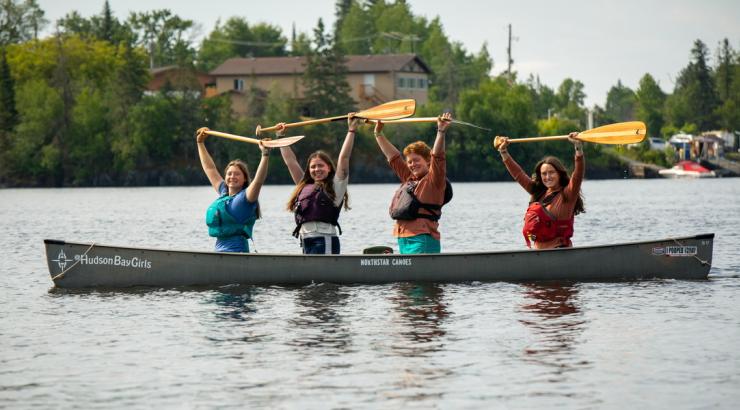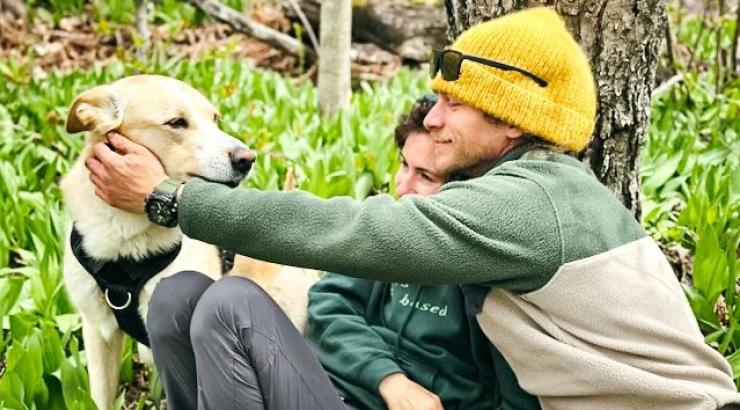This post has been summarized from a longer piece that our board member Ellen Hawkins recently sent our way. You can read her piece at this link, which we highly encourage you to do! Many thanks to Ellen for sharing this with us and offering a glimpse into the world of our Wilderness, winged friends.
The Superior National Forest, an important Birding Area with the Boundary Waters at its core, is recognized as having global significance in the world of avian conservation. It’s home to 225 species for at least part of each year, with 45 more species spotted occasionally. As many as 165 species nest here. It supports the highest diversity of breeding Wood Warbler species (24) anywhere in the world. The numbers of individual birds is also impressive, and those population density numbers indicate what top quality habitat this is for many species. It’s clear that maintaining the pristine condition of the Boundary Waters is absolutely critical to their long term survival.
Laura Erickson has been speaking for the birds on a nationally broadcast public radio show for 32 years. Maybe you can hear her familiar voice in your mind’s ear, saying, “This is Laura Erickson, Speaking For the Birds.” On June 23 she came to Cook County to speak for the birds of the Boundary Waters.
Laura is the 2014 recipient of the American Birding Association’s prestigious Roger Tory Peterson Award for her lifetime’s work as a teacher, author, and science editor at the Cornell Lab of Ornithology. She spoke of the astonishing diversity of birds that finds an essential sanctuary in the Boundary Waters Wilderness, but the venue was a segment of the Superior Hiking Trail several miles from the Wilderness boundary. The logistics of doing it in the Wilderness was just too daunting, but as Laura pointed out, every bird we saw or heard can also be found within the Boundary Waters during breeding season.
Waiting at the trailhead for the early event of the day, a bird walk, we watched a Cedar Waxwing on a nest and heard a Tennessee Warbler. They are one of the three spruce-budworm specialists (along with the Cape May and Bay-breasted) among the 24 warbler species that nest here, and they’re a great example of how essential insectivorous birds are for healthy forests. For example, a Tennessee warbler can consume 65 to 100 caterpillars, roughly half its weight, every day. These insectivores have the power to regulate outbreaks of forest pests in ways we’re just catching on to. And speaking of birds being useful: they spread seeds, cycle nutrients, pollinate plants, prune prey populations, clean up carrion, and sometimes, to our delight, put their gorgeous and fascinating selves out where we can admire them.
Laura’s presence at the event also demonstrated some other ways birds are important to people: they can be a huge inspiration for a life’s work of spiritual or artistic endeavors, and the best entertainment ever.
More prosaically, the Fish and Wildlife Service found that bird watchers spend nearly $41 billion annually on trips and equipment. Local community economies benefit from the $14.9 billion that bird watchers spend on food, lodging and transportation. In 2011, 666,000 jobs were created as a result of bird watching expenditures. I don’t know what piece of that pie belongs to northeast Minnesota, but with Boundary Waters and surrounding Superior National Forest an international mecca for birders, it’s bound to be significant. All this isn’t meant to contradict the incontrovertible: these birds of course have to the right and reason to exist aside from however we might benefit from them.
Most species on our walk had to be identified by song on this beautiful summer morning: it’s a huge challenge to spot a singing bird once the leaves are out. Luckily there were some excellent local birders along, plus Laura, who made that work. Our group counted 31 species and 80 individual birds on that pleasant two and a half hour walk.
The wild call of a loon was a good possibility for our bird walk, but by chance none flew over–or if one did it was quiet–but they are a bird that belongs in this piece because loons are key players in the wilderness ecosystem and in the mining issue. Mining would add a new source of methylmercury pollution to the many deadly dangers loons face.
Loons can live a long time. We see individuals coming back to the same lake, or the same bay of a big lake, year after year, sometimes for decades, to nest at their favorite bit of shoreline. If mercury is present in a water body, it becomes distributed through all levels of aquatic food chains by means of bioaccumulation. Plants and small organisms like plankton take up mercury and then are consumed by bigger organisms and so on, all the way up to loons (and eagles, otters, and people). If a loon’s lake is contaminated with mercury, over time, the toxin will accumulate in the loon’s body. Mercury poisoning changes behavior, resulting in diminished reproductive success, and it kills loons.
Mercury can be a component of air pollution that falls out across lakes and streams, and it can also enter water directly from active and retired mining operations. Acid mine drainage, a byproduct of mining in sulfide-rich ores, leaches heavy metals like lead and mercury into surface or subsurface waters. These acidic and toxic waters flow from mine sites through the environment (in ways that humans often can’t foresee), causing loss of aquatic life and leading to catastrophic changes in that ecosystem and to human recreational and economic endeavors that depend on it. This is the inevitable end result, based on the evidence presented by science, the history of this kind of mining, the sad testimony of sickened and dead wildlife, thousands of miles of ruined streams and many lakes, and contaminated groundwater drinking supplies.
Birds need clean water, shelter, good food and an opportunity to reproduce. They find that when they make it to the Boundary Waters. The Boundary Waters and surrounding wildlands are the critical nesting habitat of many neotropical bird species, ranging from vireos and warblers to flycatchers and thrushes. For them, an ample food supply exactly when they need it is reason enough to run the gauntlet. For the permanent residents this place provides a home with everything they need in all seasons.



